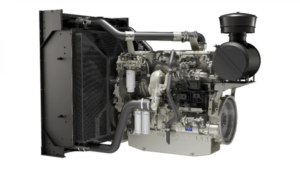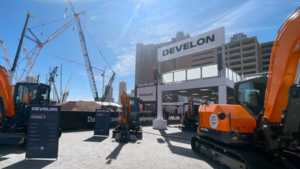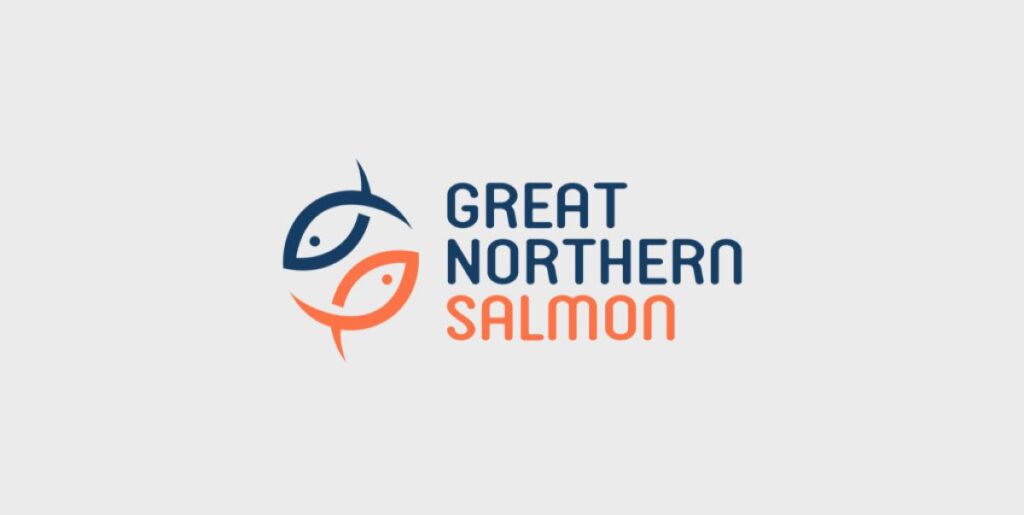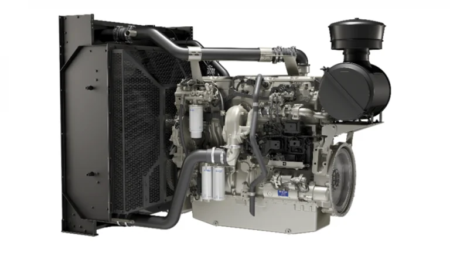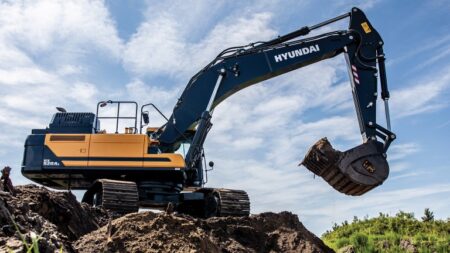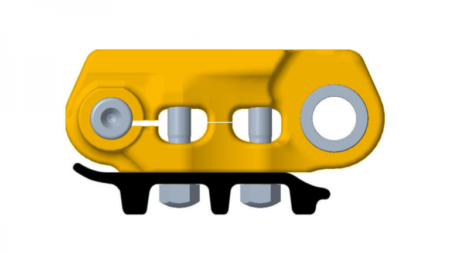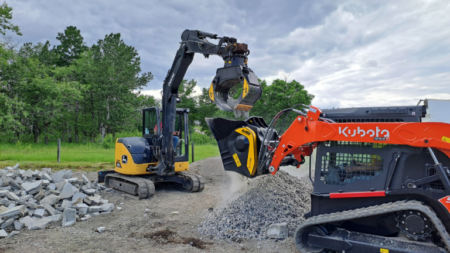Great Northern Salmon logo
Great Northern Salmon (GNS) has announced it is commencing pre-construction work in preparation for its new salmon recirculating aquaculture system (RAS) facility in Millinocket, Maine.
The company – formerly known as Katahdin Salmon – is a project of Xcelerate Aqua and is aiming to build a 10,000-metric-ton salmon RAS in two phases starting in 2025, with its first phase of construction capable of 5,000 metric tons, which can later be expanded, according to a report from Maine Public Radio on Sept. 10.
GNS plans to build the facility on the site of the former Great Northern Paper Co. mill, as part of the One North industrial park.
The builder is PC Construction in Portland, Maine.
The pre-construction work will take 10 months and will be helped by funding from the U.S. Environmental Protection Agency (EPA), the Maine Department of Economic and Community Development (DECD), the Northern Borders Regional Commission (NBRC), the Eastern Maine Development Corporation (EMDC), and the U.S. Department of Housing and Urban Development (HUD).
“The work entails decanting the water and removing settlement materials in the lagoon, [which is] the location of our future land-based RAS salmon farm,” said Marianne Naess, the seafood processor’s CEO. “Our close collaboration with the site owner and economic development partner, Our Katahdin, has made it possible to start this work on schedule and progress with the development of our RAS facility.”
The process will accelerate the project’s construction time and also eliminate risks associated with excavation and blasting, GNS said. By building on top of the former paper mill’s settlement lagoons, the new GNS facility will effectively remediate the site.
Pre-construction activities also will involve in-situ handling of the sludge deposits.
The federal and state contributions reduce the overall capital expenditures for GNS and enable the company to start primary construction with a fully prepared and excavated site, reducing the construction cost and timeline by more than six months.
Geotechnical work at the salmon RAS site also has confirmed the glacial till substrate will support the facility’s weight.
“Remediation and reuse of the former settlement lagoons on the One North industrial campus is an important milestone for GNS and the local community,” One North’s Director of Mill Site Development Steve Sanders told Maine Public Radio. “It is a clear, tangible signal to our partners and supporters that this project is a step toward new investment and renewed industry in our region.”
GNS said it is now working on closing a Series A fundraising round, and the company will start design, scheduling and final cost estimates on the facility in the coming weeks, noted Portland’s SeafoodSource news site.
Much Effort Went Into New Salmon RAS Project
GNS announced in May that it had secured all the critical permits it would need to construct its salmon RAS, including final discharge permits, which were obtained with no challenges.
At the same time, the EPA awarded a $5 million grant to the seafood producer to remediate and prepare the project site.
GNS said that the grant went to its development partner, Our Katahdin, for the site remediation. Additionally, $1 million in funding from the Maine DECD was awarded for the same purpose.
Sean DeWitt, president of Our Katahdin, noted in a GNS news release last spring that the monies “will play a crucial role in remediating 26 acres of the former mill site’s wastewater lagoon. This EPA-funded project will clear the way for Great Northern Salmon’s aquaculture project, scheduled to begin construction in 2025.
“We are grateful for the support of the EPA, our federal delegation, and the many local and state organizations that have supported the clean-up and infrastructure improvements to the former mill site,” he added. “These investments are laying the foundation for significant job creation and a better economic future for the Katahdin region.”
Cumberland, Maine-based Sevee & Maher Engineers is in charge of managing the project.
After a thorough review of options for RAS design vendors, GNS selected Nofitech, a Norwegian firm that specializes in designing RAS facilities, to help create its Millinocket production site.
Dean Guest, GNS’s head of RAS technology, noted that his experienced production team has “a clear vision” for its future RAS design and functionality, and Nofitech´s approach was seen as the best fit technically, commercially, and culturally.
“It became clear as soon as we started exploring future collaboration that we see things the same way and that Nofitech has a design that is compatible with our bioplan,” he said. “Nofitech´s reputation for delivering on expectations for cost, performance, and schedule – proven through its repeat business with several customers – was also an important factor in the decision.”
GNS noted that the combination of compact designs and extensive use of standardized prefabricated units at the Millinocket RAS will provide a lower total cost than similar facilities.
“The compact patented structure provides short pipelines, less footprint, and is designed to prevent the accumulation of sediments,” according to a news release on its website. “Construction and design are developed for production with freshwater, and production in the most demanding environments with seawater.”
The Millinocket facility will be located on a 1,400-acre property that once belonged to the Great Northern Paper Co., which permanently shut down in 2008.
When the Millinocket Mill first opened in 1900, it was the world’s largest paper mill and, later, the first such plant to have an on-site hydro generation and distribution facility.
Read the full article here


